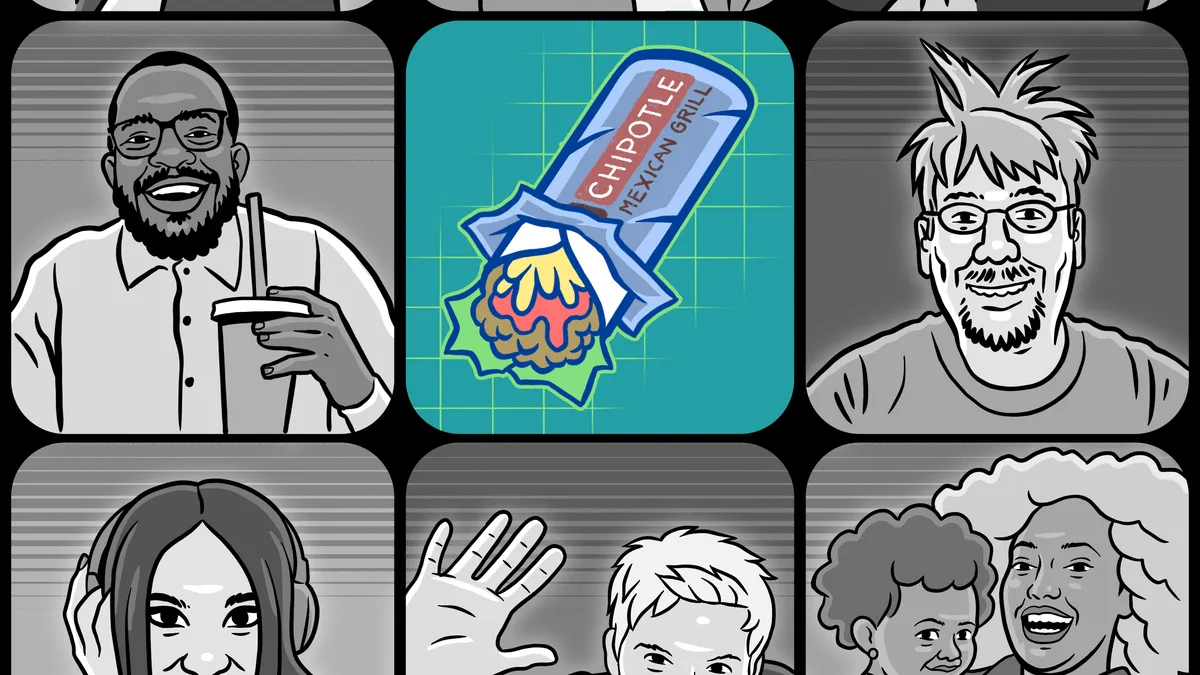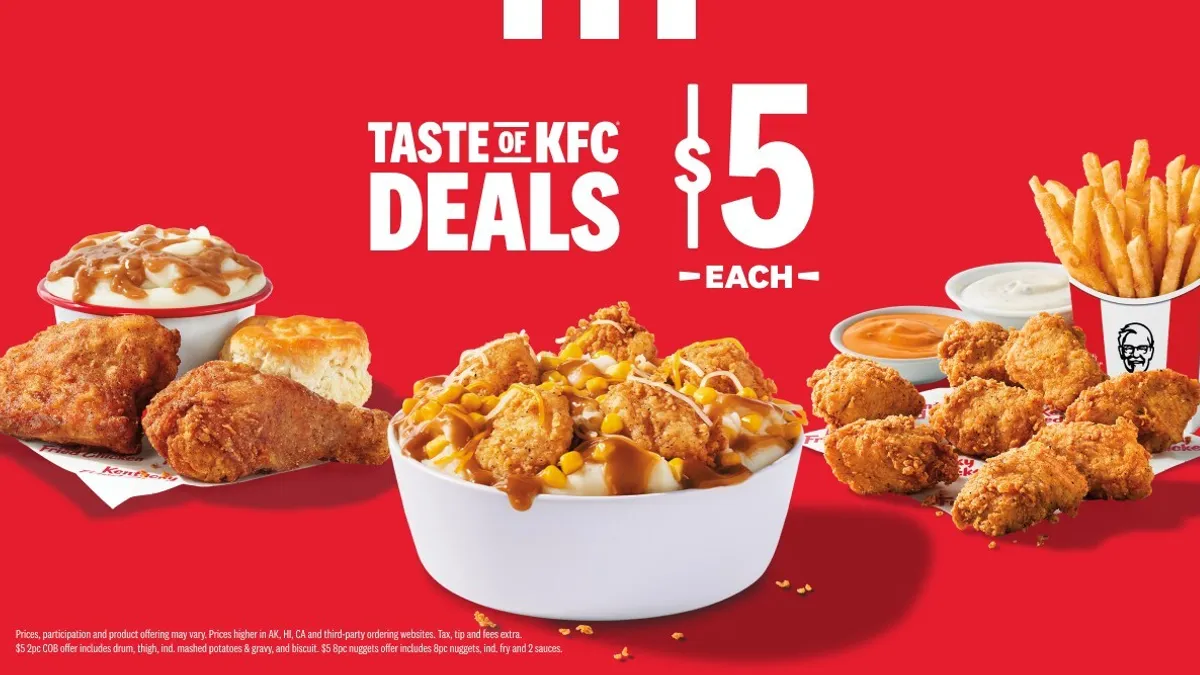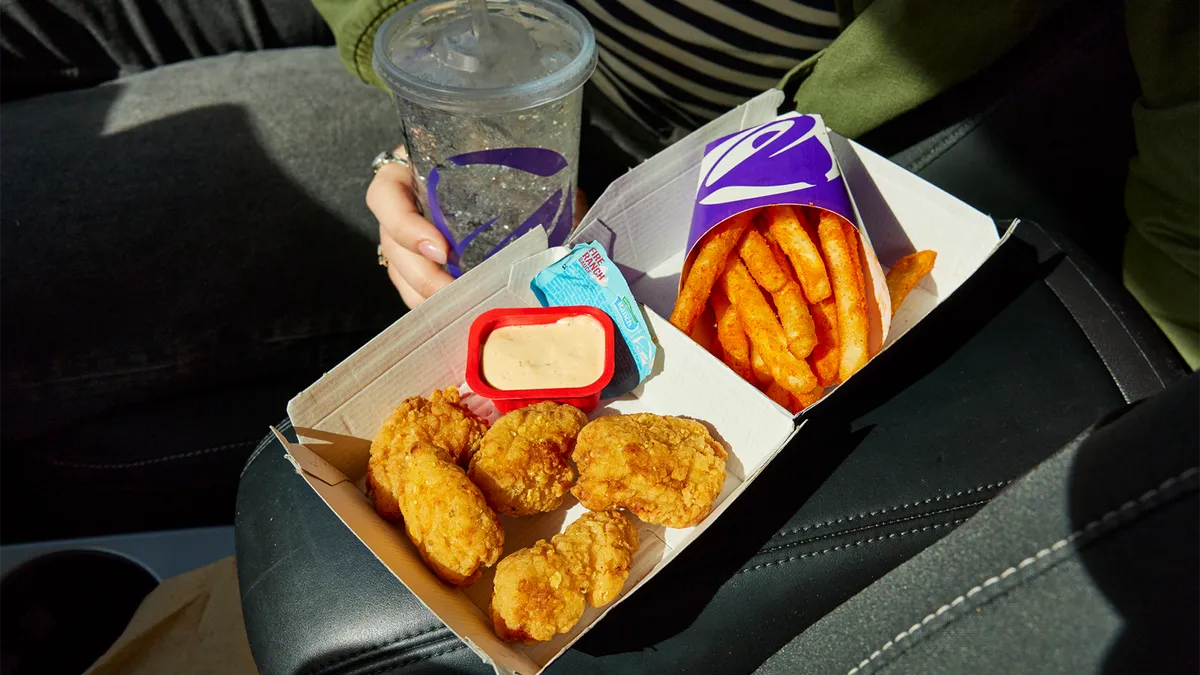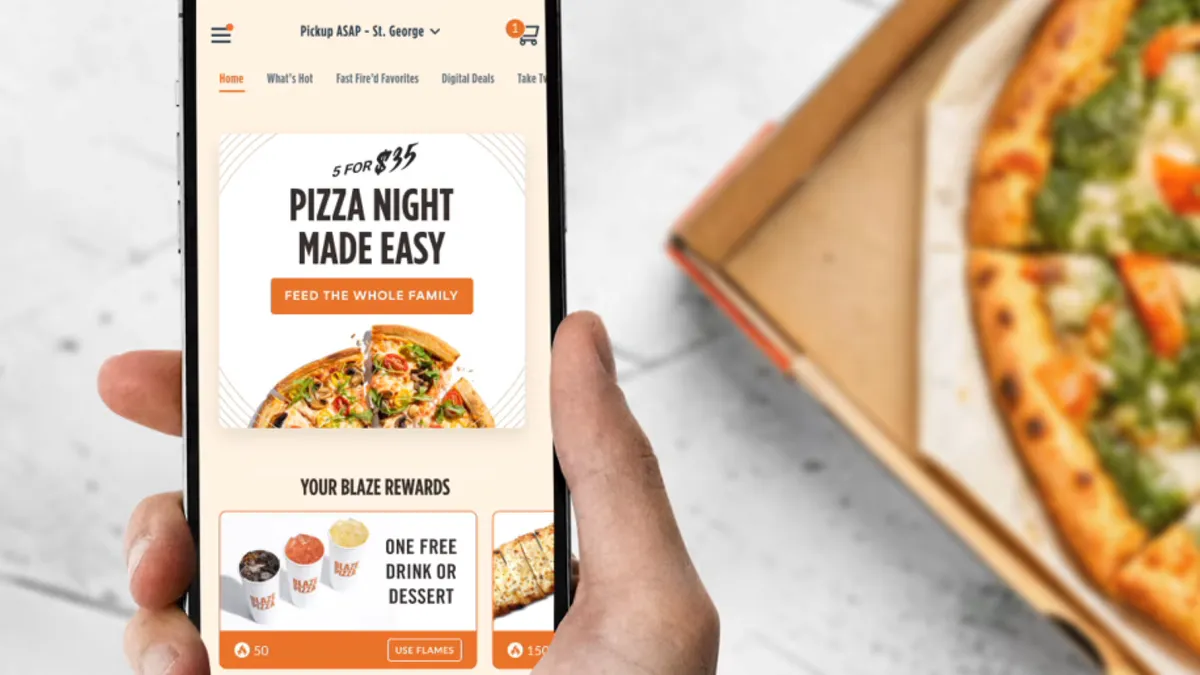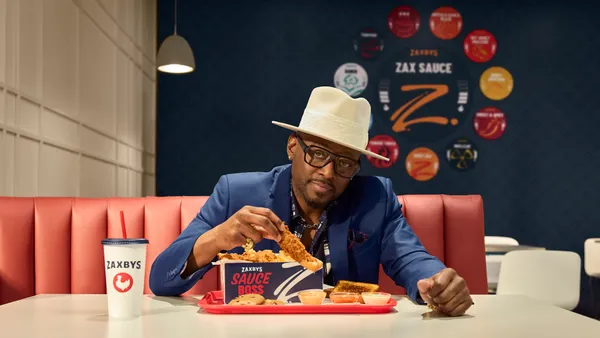Experiential marketing is in freefall. From the coronavirus-related postponement of the Summer Olympics to empty commuter trains and roads, marketers from numerous industries are scrambling to salvage marketing campaigns built around in-person experiences by pivoting to digital and mobile efforts — forcing them to retool their tried-and-true methods of connecting with audiences.
Some brands, such as automakers Ford, Hyundai and Toyota, opted to rework spring campaigns meant to entice consumers into dealerships for spring sales events and instead publicize their respective financial relief programs. Others, however, are dabbling with more interactive ways to forge ties during the coronavirus-related quarantine while trying to meet consumers' changing needs during an unprecedented health crisis by helping them address feelings of isolation.
But how can marketers build community when their entire audience is hunkered down at home? And is that promise of community enough to translate into longer-term loyalty or sales? Results for early adopters of virtual community-building strategies are promising, with Chipotle totaling 500 million impressions on daily video sessions for its recent efforts with Zoom. There's even the possibility of an unexpected benefit — easier targeting — though marketers will need to nail down concrete measurement methods as the need for longer-term lockdowns becomes increasingly apparent.
So far, consumers — not brands — are spearheading the shift toward community-building, according to Sean Pedeflous, creative director at GDX Studios.
"We're seeing it organically already, through happy hours and videoconferencing and the like. We're human beings, and as social creatures, people are still searching out those connections and looking for shared experiences," he told Marketing Dive. "Just as people need to be connected, it's important for brands to as well by encouraging group experiences and providing additional value in some way."
Digital platforms including video chat app Houseparty, "Pokémon Go" and Facebook Groups — which the social media behemoth advertised in its first Super Bowl ad buy earlier this year — have existed since at least 2016 to quench consumers' desire for immediate connection to friends online. Location-based "Pokémon Go," for example, recently tweaked its platform to allow for indoor play and let fellow gamers compete without needing to meet in person. The game saw a 67% jump in global spending after the modification. Now, individual brands are adopting similar strategies to keep customers connected at home.
"We're human beings, and as social creatures, people are still searching out those connections and looking for shared experiences."

Sean Pedeflous
GDX Studios, creative director
"The solution of getting people together to experience something digitally is still the same as it was when inviting everyone to the same place at the same time. It's just how you do it that poses a unique opportunity," Pedeflous said.
Where fans flock
The novel coronavirus has disrupted a number of key areas of marketing, including out-of-home (OOH). Recent news reports show an urban exodus, reducing the likelihood that people will see billboards and ads on public transit. But minor tweaks may help marketers deftly pivot to recover campaigns and comply with safety regulations while sustaining consumer engagement.
"A lot of brands are going to learn that being inside the content needs to be a priority, rather than being on the outside pushing that content," said Ricky Ray Butler, CEO of BEN.
Even non-digital brands aren't shying away from exploring new ways to corral folks and deliver unique experiences remotely. Chipotle last month launched a series of daily "Chipotle Together" sessions on videoconferencing site Zoom, bringing together up to 3,000 fans and celebrity guests such as Colton Underwood from "The Bachelor."
The live video series materialized after Chipotle's team saw a spike in app downloads of platforms like Zoom, according to Tressie Lieberman, the company's VP of digital and off-premise.
"[We] realized this is where our fans were headed," she told Marketing Dive via email. "We started by bringing people together over lunch, when they may normally be hanging out at a Chipotle restaurant under different circumstances. We then started activating at all times of the day pending the idea and talent."
Daily sessions have so far featured morning mediations by Whole30 Founder Melissa Urban and workouts with former NFL star Rob Gronkowski, celebrity guests with large social followings Chipotle can leverage.
"In the short term, we are a source of entertainment and positivity for people at home. We also have the opportunity to tap into our celebrities' fan bases to acquire new fans and increase awareness of our delivery capabilities. In the long term, we are building brand affinity and trust," Lieberman said.
Since its first remote gathering on March 16, "Chipotle Together" has generated 500 million impressions and 100 earned media stories, she reported.
The Zoom series is the chain's latest innovation in online media following campaigns to reach Gen Z and younger millennials where they're most likely to spend time, Lieberman said. Chipotle has enlisted digital platforms including Amazon Alexa, Instagram, Snapchat, TikTok, Twitter and Venmo for marketing initiatives over the past few years.
Emphasize messaging
Marketing change-ups by Chipotle, auto brands and others represent a broader refocus away from targeting and toward messaging, something MobileFuse CEO Ken Harlan says is unsurprising in a time of crisis and is partially due to fewer viable channels through which brands can reach people. Just a month ago, sporting events, airports and OOH offered promising ways to connect with folks on the go. Now, they're virtually off the table because people are stuck indoors, he said.
"The idea of 'where the consumer is' has become simplified. It's now on a mobile phone or TV, so targeting isn't as complicated. It's now all about the messaging," Harlan told Marketing Dive.
"The idea of 'where the consumer is' has become simplified. It's now on a mobile phone or TV, so targeting isn't as complicated. It's now all about the messaging."

Ken Harlan
MobileFuse, CEO
It may be harder for brands to develop a full-fledged campaign using creative agencies when everyone is working remotely, driving them to explore ways to rework archive creative and speak frankly about how they're supporting employees, customers and the community during uncertain times, he said. Restaurants are communicating their takeout and delivery availability; retailers are extending online discounts to stay afloat; fitness companies are posting free workout resources; and brands across categories are sharing uplifting messaging.
"Right now, it's about building community through not just advertising, but building it through your services," Harlan said. "Even after all this, people will still be highly sensitive. Consumer patterns will change for the long term, and figuring out how and when people will emerge from their homes will be in every marketer's mind."
Consistency trumps virality
On the surface, community-building may seem trickier to measure than traditional ad campaigns. However, sources say metrics like sentiment, earned media and engagement can help marketers gauge consumer response and may boost app downloads or social followings. These short-term lifts from investing in community, as seen by "Pokemon Go," Chipotle and others, could be a springboard for drumming up longer-term loyalty.
But according to Butler, producing "bingeable" content consistently is vital.
"It's about embracing a high quantity of content in a centralized way," he said. "Don't focus on one-hit wonders or viral experiences. Brands always want viral hashtags, and those can be very successful, but you can't start one every day."
Viral activations spread far but not deep, according to Butler, who recommends focusing on loyal — not casual — viewership when building community online.
"Your actions now just may be enough to change [consumers'] mindsets around the brand down the road."



